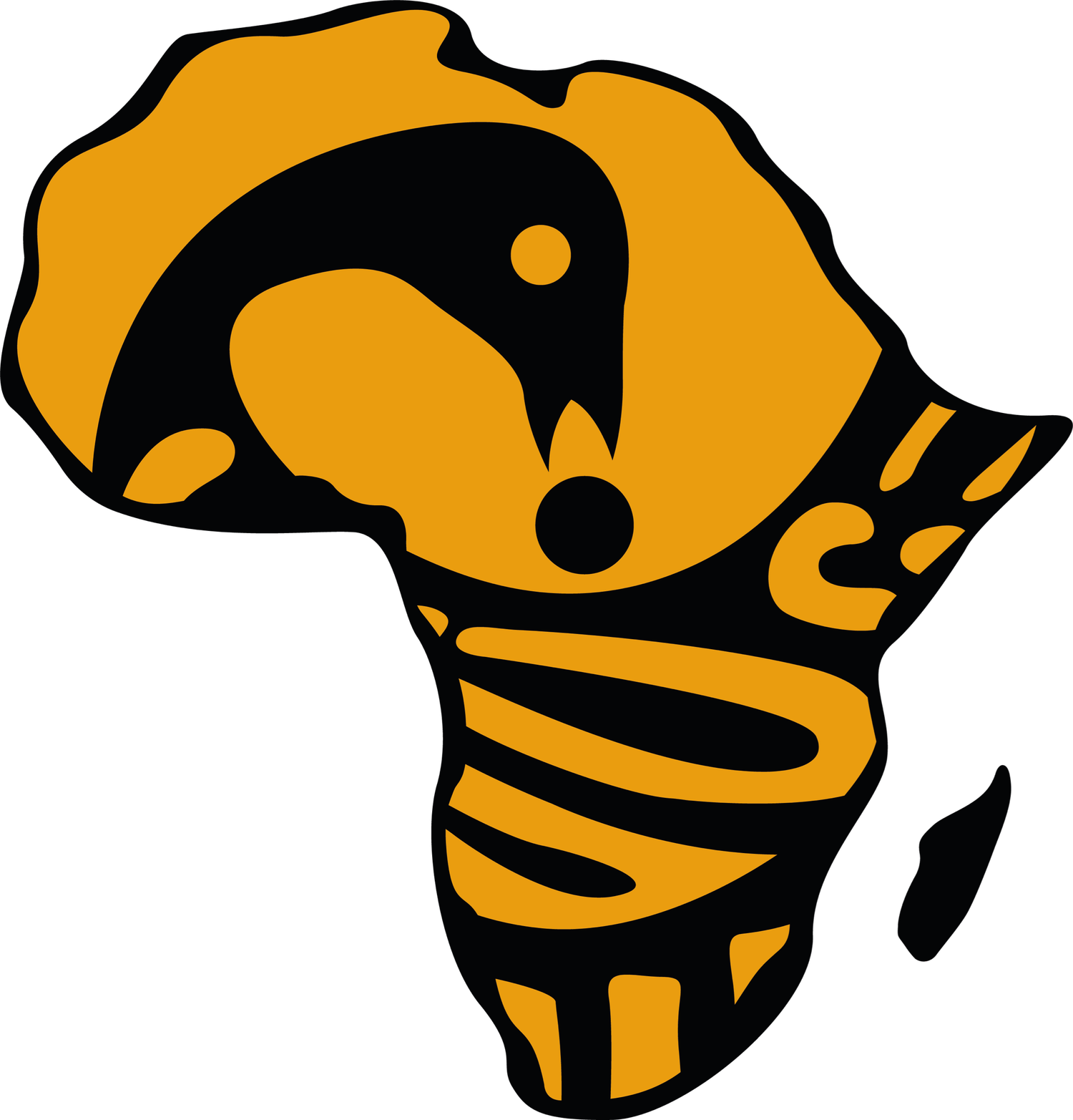Marvels of the West Coast
Click here to download this lesson in slideshow format
Welcome to West Africa Level 1, Lesson 1: Marvels of the West Coast
In this lesson, you will learn about:
The medieval city of Eredo
The Nok Civilisation
The Kingdom of Kongo
The Yoruba Civilisation
Objectives
By the end of this lesson, you will understand:
How the city of Eredo is structured
Who is credited with building Eredo
The technology and art used in the Nok Civilisation
The location and size of the Kingdom of Kongo
What business was conducted in the Kingdom of Kongo
What Ile-Ife was
Who the Oni was
The West African coast was home to a great number of civilisations full of culture and wealth.
At Eredo in southwest Nigeria, a huge wall with moated sections encircling an ancient kingdom was discovered. The moat was dug 70 feet deep and the defensive wall was built 100 miles long and formed a rough circle, enclosing more than 400 square miles! The builders shifted 3.5 million cubic metres of earth to build the wall alone. This is over 1 million cubic metres more than the amount of rock and earth used in the Great Pyramid of Giza, and Eredo’s construction is estimated to have involved 1 million more hours of work than the Great Pyramid.
Eredo was one of the largest cities in all of human history, and the largest city built in the ancient and medieval world. A three-storey ruin has been identified as possibly being a royal palace, with living quarters, shrines and courtyards. It has been suggested that thousands of smaller buildings are still there, waiting to be discovered, but the forests of the region make it difficult to excavate. The buildings are estimated to be over 1000 years old, with 800 AD being the supposed date of their use. People who live near the ruin accredit Queen Bilikisu Sungbo with building the city.
Around 2000 years earlier in what is today central Nigeria, the Nok Civilisation flourished. The people of the Nok Civilisation used iron, and the region contained one of the earliest iron smelting industries in Africa. They were able to use their iron technology to dominate other territories and harvest food more efficiently - much like the empire of Ancient Ghana.
There was also a rich art culture, and sculpting was done using terracotta. Crafted statues were decorated beautifully, and they depict people wearing jewellery and capes. Some were the size of dolls and others were as big as people. They even made statues of animals such as elephants and monkeys as well as mythical beasts like the sphinx.
The Kingdom of Kongo existed on the coast of modern-day Angola and part of the Democratic Republic of the Congo. It was the size of France and Germany combined, and was split into 6 provinces. Between 2 and 3 million people lived within its borders.
The Kongo Kingdom had an extremely impressive army of 400,000 soldiers, and they defended the kingdom from neighbouring rivals. Kongo was another centre of wealth and the kingdom used brightly coloured shells as currency. The size of each shell determined its value. It's people mined copper and iron, grew all of their own food, and made wines and expensive jewellery to trade both within the kingdom and abroad.
The Yoruba Civilisation was another region filled with fantastic culture and riches. It has been said that it would be impossible to describe all of the wealth of this society. In fact, the scientist who discovered the ruins of one of the cities - Ile-Ife - thought he had found the legendary city of Atlantis!
Ile-Ife was the capital of this civilisation and was the centre of a trading network 1000 years ago. The people of the city imported horses, salts and metals from other regions of Africa and Asia. Their exports ranged from expertly made textiles, crops such as cereals and yams, and iron. A palace was built entirely out of enameled brick and porcelain for the ruler, and the city itself was completely paved with a defensive wall surrounding it.
The ruler of the city was called the Oni, and they exercised divine control of the region. Yoruba oral tradition speaks of Oni Oluwo, a greatly respected ruler. One day she was walking through Ile-Ife when her clothing was splashed with mud. Bothered by this, she ordered the construction of pavements for the entire city.


